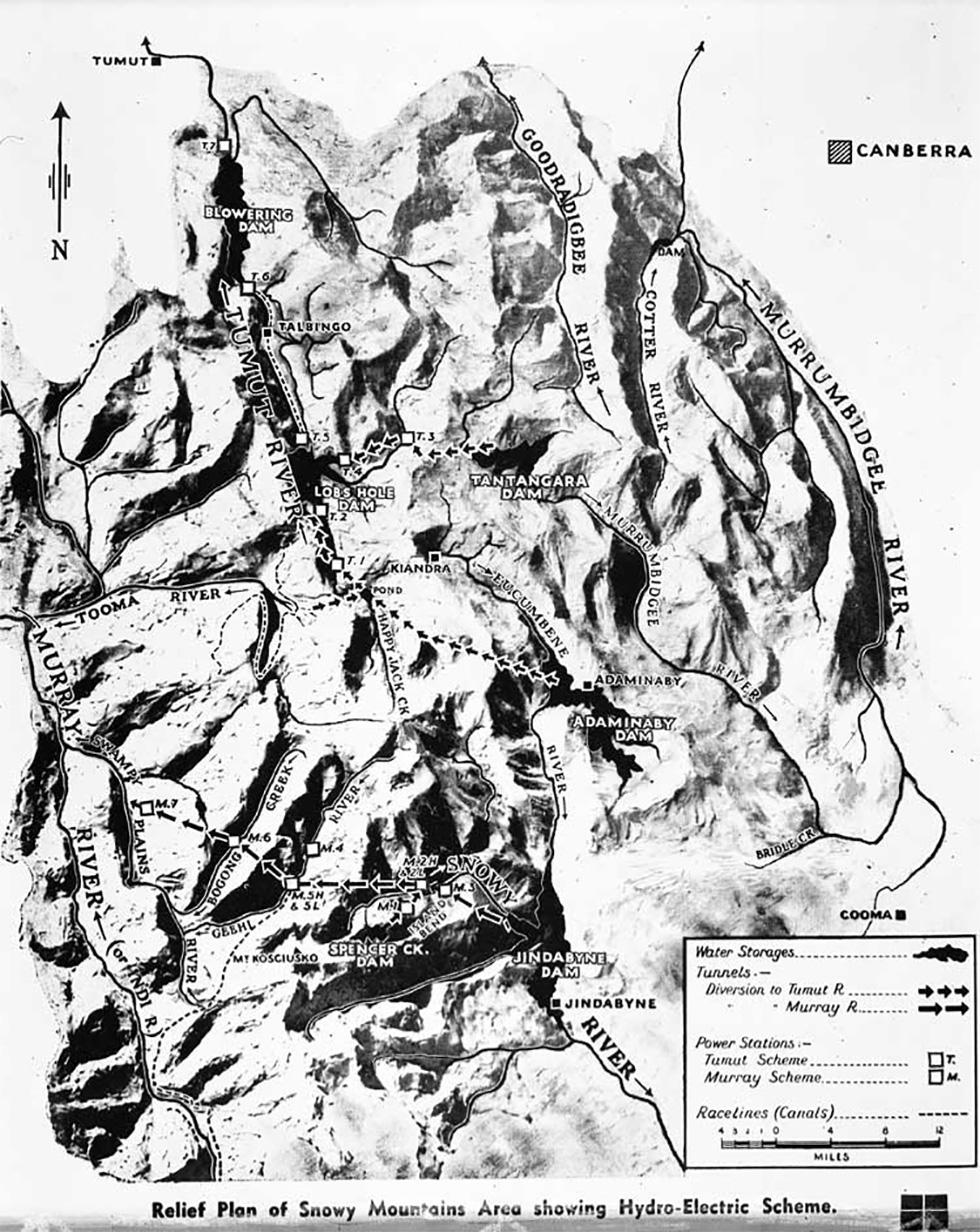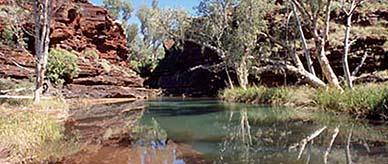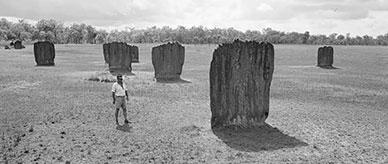


About this record
This is a photograph of a hand-drawn relief map for the proposed Snowy Mountains Scheme from around 1945, showing the dams, tunnels, power stations and canals that would make up the scheme. A typewritten note attached to the back of the photograph reads 'This photograph is of a relief map of the Snowy Mountains area showing approved plans for the damming and diversion of rivers. Water now flowing to waste in the Snowy River will be turned into the westward flowing Murray system. Caption by R Younger, Australian News and Information Bureau photograph by J Gallagher'.
Educational value
- Shows the components of the Snowy Mountains Scheme – this massive engineering project was built between 1949 and 1974 and consisted of 16 large dams, 7 power stations, a pumping station and 225 kilometres of tunnels and aqueducts in some of the harshest country in Australia; in 1967, the scheme was rated as one of the Seven Engineering Wonders of the World by the American Society of Engineers
- Shows the proposed Snowy Mountains Scheme in its entirety – the Snowy Mountains Scheme was based on a scheme proposed by Norwegian engineer Trygve Olsen, who suggested that the Snowy River water should be sent into the Murrumbidgee and Murray rivers and provide electricity as well as irrigation to the dry inland
- Is one of the earliest maps of the Snowy Mountains Scheme, from the planning phase of the scheme – construction did not begin until 1949
- Shows a proposed dam at Spencer's Creek near Mount Kosciuszko that, if constructed, would have been the highest dam in Australia – this dam was never built, partly due to the high costs of maintaining it and also because environmentalists protested that the glacial moraine – an area covered by rocks and debris deposited by a glacier – was a unique environment and should not be destroyed
- Is an example of a relief map – unlike a traditional flat two-dimensional map, the relief map aims to provide a more three-dimensional picture of the mountain ranges
- Reveals the attitudes towards the use of natural resources at the time – the phrase in the caption 'Water now flowing to waste in the Snowy River' indicates that the writer had little regard for the ecosystem of the river and valleys below, which has been devastated by the reduced flow of the Snowy River
- Reveals the mountainous terrain in which the scheme was to be located – the steep alpine terrain made this a dangerous and challenging project to work on
- Is an example of the type of mapping and drawing technology used in the 1940s, long before the availability of satellite photos, modern computer 3D modelling, or topographic maps.
Acknowledgments
Learning resource text © Education Services Australia Limited and the National Archives of Australia 2010.
Related themes
Need help with your research?
Learn how to interpret primary sources, use our collection and more.


